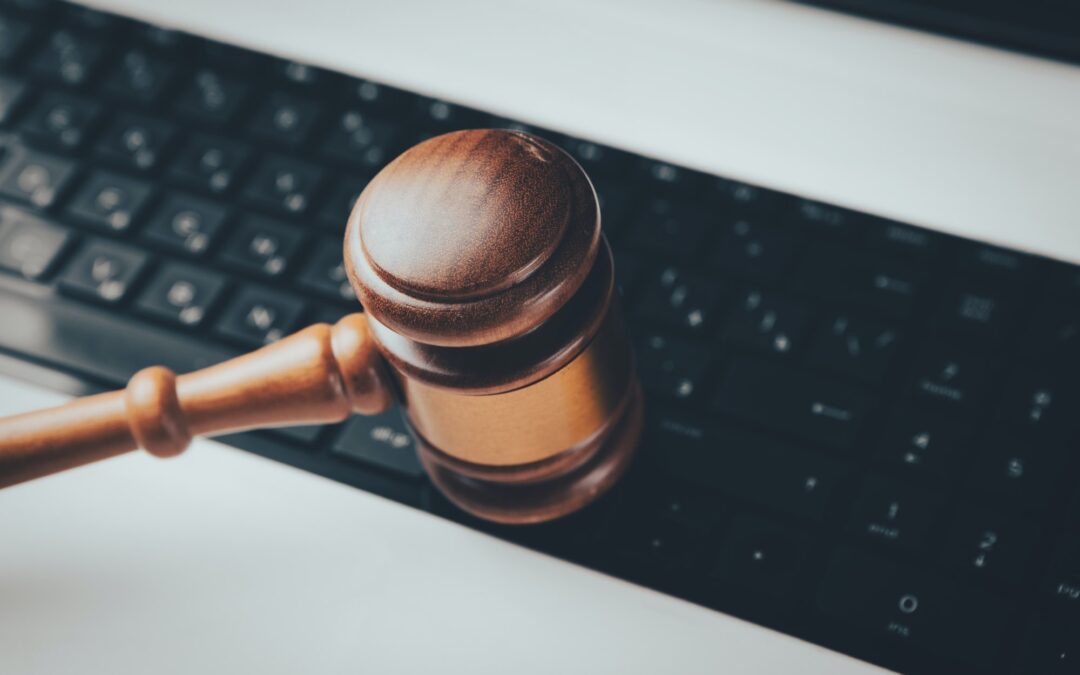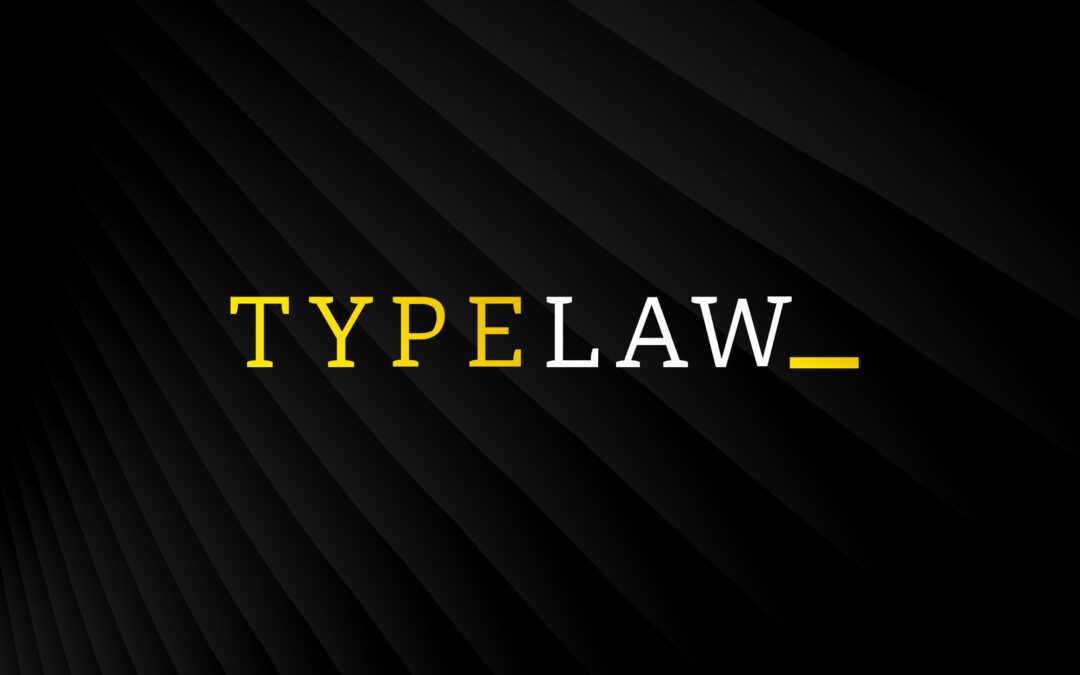
by TypeLaw | Mar 11, 2024 | Briefing, citations, hyperlinking
The role of citations in a legal brief When writing a legal brief, lawyers use citations to scaffold a grounded, credible argument that persuades the reader to adopt their point of view. Relevant, accurate, perfectly formatted citations are a mark of an...

by TypeLaw | Aug 24, 2023 | California, hyperlinking, Uncategorized
The purpose of any legal brief is obviously to convince the reader (the court) to adopt your argument. One way to make your argument easier to follow and adopt is by hyperlinking your citations to authority and the record. Courts across the country, at both the State...

by Andrew B. | Aug 27, 2020 | hyperlinking, Uncategorized
As most courts have now fully transitioned to e-filing, litigators are presented with an opportunity to significantly improve the way a judge interacts with their briefs, in turn making it easier for the judge to adopt their position. What is a hyperlinked...

by TypeLaw | Aug 29, 2019 | hyperlinking, Uncategorized
Hyperlinks are a small, but mighty feature of digital briefs. They can either be internal (link to a different section of the same brief PDF), or external (link to a case authority, on a website like CaseText/Westlaw/LexisNexis, or to the record). All relevant...

by TypeLaw | Aug 29, 2019 | hyperlinking, series
The legal world has been evolving towards digitization for the past 30 years. Legal documents have transitioned into an almost fully digitized space, starting with the approval of PACER in 1988, opening electronic records to the public and moving into the current...

by Joseph Fioramonti | Jul 19, 2018 | hyperlinking, Uncategorized
TypeLaw takes care of all things formatting for legal briefs, petitions, and motions—giving you more time to focus on crafting a brilliant argument. In this video, Attorney Madison Boucher shares an example of a formatted, hyperlinked brief that TypeLaw helped...






